This year is the seventh warmest since records began in 1850 with a trend to weather extremes and the impact of storms such as Typhoon Haiyan in the Philippines aggravated by rising sea levels, the World Meteorological Organization (WMO) said on Wednesday.
A build-up of manmade greenhouse gases in the atmosphere meant a warmer future was now inevitable, WMO Secretary-General Michel Jarraud said in a statement on the sidelines of U.N. climate talks among almost 200 nations in Warsaw.
The WMO, giving a provisional overview, said the first nine months of the year tied with the same period of 2003 as seventh warmest, with average global land and ocean surface temperatures 0.48°C (0.86°F) above the 1961-1990 average.
“This year once again continues the underlying, long-term trend,” towards higher temperatures caused by global warming, Jarraud said. The WMO said it was likely to end among the top 10 warmest years since records began in 1850.
Among extremes have been super typhoon Haiyan, one of the most intense storms in history that smashed into the Philippines last Friday.
President Benigno Aquino said local officials had overstated the loss of life, which was closer to 2,000 or 2,500 than the 10,000 previously estimated. His comments, however, drew scepticism from some aid workers.
AUSTRALIA HEATWAVE
Other extremes this year have included record heatwaves in Australia and floods from Sudan to Europe, the WMO said. Japan had its warmest summer on record.
Apparently bucking a warming trend, sea ice around Antarctica expanded to a record extent. But the WMO said: “Wind patterns and ocean currents tend to isolate Antarctica from global weather patterns, keeping it cold.”
In September, The United Nations’ Intergovernmental Panel on Climate Change (IPCC) raised the probability that mankind was the main cause of warming since 1950 to at least 95 percent from 90 in a previous assessment in 2007.
It predicted impacts including more heatwaves, downpours and rising sea levels.
“2010 was the warmest year on record, ahead of 2005 and 1998,” the WMO said.
The IPCC said the pace of temperature rises at the Earth’s surface has slowed slightly in recent years in what the panel called a “hiatus” that may be linked to big natural variations and factors such as the ocean absorbing more heat.
The WMO said that individual tropical cyclones, such as Haiyan, could not be directly attributed to the effects of climate change.
But “higher sea levels are already making coastal populations more vulnerable to storm surges. We saw this with tragic consequences in the Philippines,” Jarraud said. Seas have risen by about 20 cms (8 inches) in the past century.
As of early November 2013, there had been 86 tropical cyclones, from typhoons to Atlantic hurricanes, closing in on the 1981-2010 average of 89 storms, the WMO said.
(Reporting By Alister Doyle; editing by Ralph Boulton)




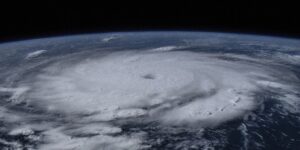



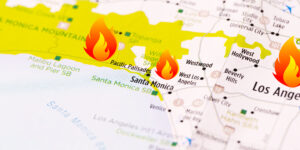
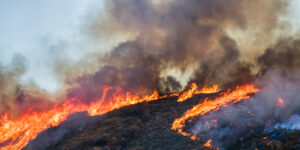





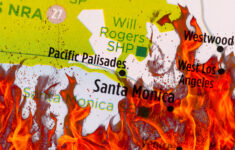





 2025 Underwriting Profit and ‘Shop-a-Palooza’ Predicted for Auto Insurance
2025 Underwriting Profit and ‘Shop-a-Palooza’ Predicted for Auto Insurance  P/C Insurance Market Profitability Expected to Continue Through 2026
P/C Insurance Market Profitability Expected to Continue Through 2026 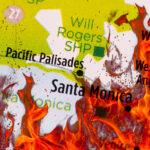 Los Angeles Wildfire to Have Limited National Economic Impact: Economists
Los Angeles Wildfire to Have Limited National Economic Impact: Economists  Why All the Fuss? Fairness Regulations Meet Insurers’ Growing Use of AI
Why All the Fuss? Fairness Regulations Meet Insurers’ Growing Use of AI 




